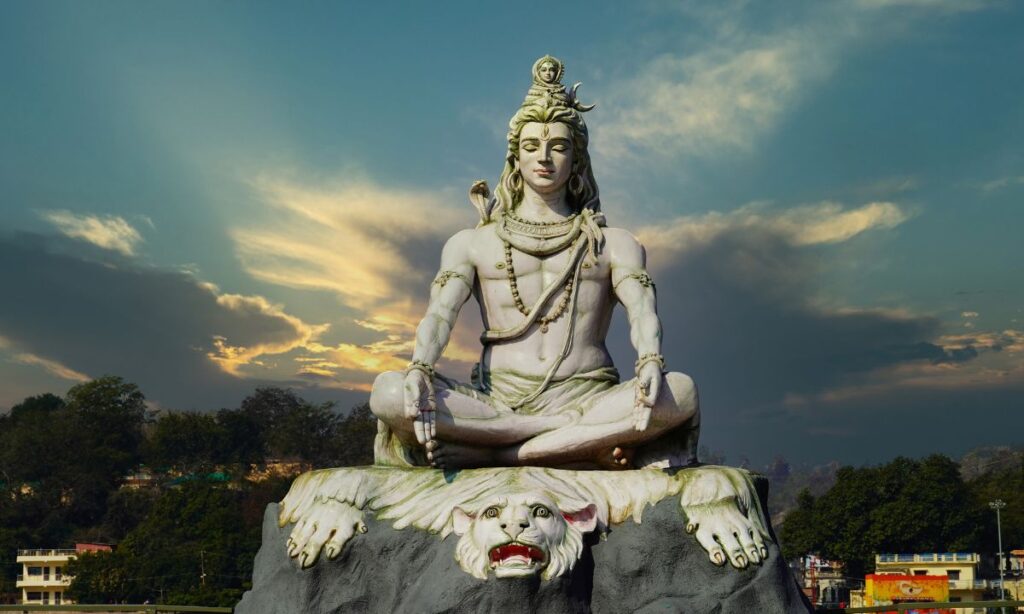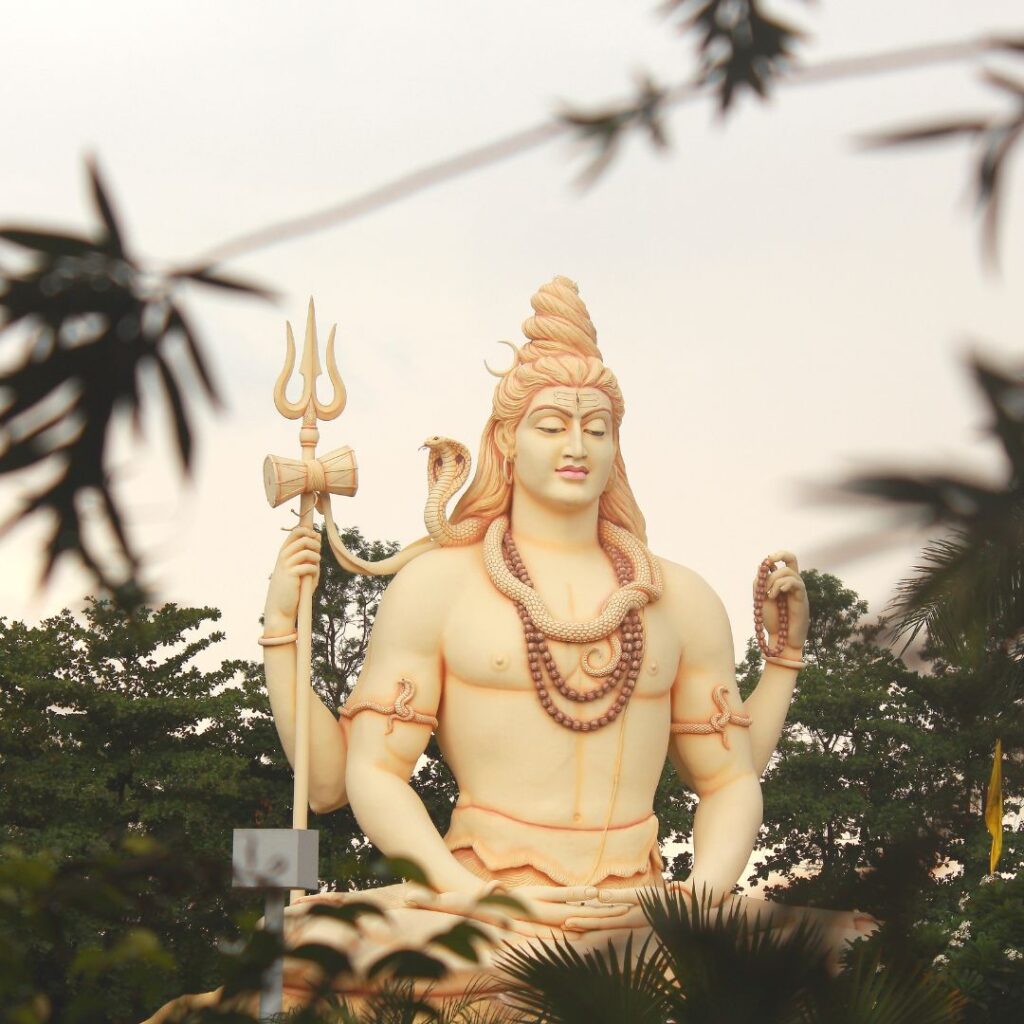
Maha shivratri 2023
Date- Sat, Feb 18, 2023
Find out all there is to know about Maha Shivratri – learn how to prepare, what rituals should be observed and more with our comprehensive guide.
Maha Shivaratri 2023: It is one of the most important festivals of Hindus, and all the Hindu devotees celebrate it yearly.
Maha Shivaratri Muhurat 2023
The auspicious day of Maha Shivaratri carries a spiritual importance for Lord Shiva devotees. People celebrate this day with devotion by praying to Lord Shiva and chanting his Mantra “Maha Mratunjay Mantra” throughout the day.
Offer Prayers at Home & Local Temples.
Offering prayers to Lord Shiva is the most important ritual observed on Maha Shivratri. Hindus should visit their local temples during morning and evening aarti or during any time of day for special prayers. Alternatively, you can also offer your prayers from home. It’s considered auspicious to light a lamp filled with ghee in your home shrine or worship area. Be sure to chant mantras while offering flowers, fruits, incense and other offerings in the form of naivaidhya to invoke the blessings of Lord Shiva.
How to Perform Maha Shivratri Puja Vidhi 2023
Get ready to perform meaningful Maha Shivratri Puja Vidhi with this step-by-step guide. Start your spiritual journey by understanding the rituals and traditions of this celebration.
Participate in the spiritual celebration of Maha Shivratri with this step-by-step guide to performing Puja Vidhi. Discover the rituals and traditions of the festival, as well as what materials and steps you’ll need to take in order to partake in meaningful worship and prayer.
- Dhyana or Prayer of Lord Shiva.
As a part of the Maha Shivratri Puja Vidhi, devotees offer prayer to Lord Shiva- by chanting mantras and stotra. Dhyana or meditation can be done in any way you desire- as long as your focus is on worshipping Lord Shiva. You can also pay homage to him using incense sticks, lamps, flowers and offering sweets. Maha Shivratri Puja Vidhi also involves offering water from the traditional kalash filled with sanctified water (Gangajal) while chanting mantras dedicated to Lord Shiva.
- Abhisheka of the Shivalinga Idol or Linga Pujan.
After preparing for the puja, the next step is to perform Abhishek- an ancient cleansing ritual involving sprinkling of sanctified water and other liquids on the idol or Linga to prepare it for puja. The liquid used can vary according to the convenience of the devotee and his/her spiritual beliefs. Water mixed with milk and honey or yogurt can be offered as a part of this ritual. An aarti or lamp is also waved while performing abhisheka.

- Aarti or Prayers and Offering of Flowers
After performing abhisheka, it’s time to perform an aarti (prayers) and offer flowers. An aarti involves the use of a special lamp with several wicks that is waved around the deity or Linga clockwise. The devotee then chants specific hymns and prayers, including Mahamrityunjaya Mantra. Following this, garland of flowers are offered to Lord Shiva as a sign of respect and reverence. Special items such as Bilva leaves can also be offered during this ritual.
- Distributing Prasad, Charity & Gifts
After completing the puja, the devotee offers prasad (offering of food) to Lord Shiva. This offering is distributed among friends and family members, who also partake in the celebrations and receive blessings. Donating charity or ‘daan’ to those in need is a key part of Maha Shivratri celebrations. Finally, gifts are exchanged between family members as a way thanking Lord Shiva for his blessings.
- Mantra Jaap During the Shiv Ratri Festival
During the Shiv Ratri Puja, devotees come together to chant mantras for Lord Shiva. According to Vedic literature, individuals seeking blessings can recite the Om Namah Shivaya mantra which is the purest form of worship. Additionally, devotees will sing traditional hymns and chant a variety of sacred Hindu mantras devoted to Lord Shiva and his consort Goddess Parvati.
